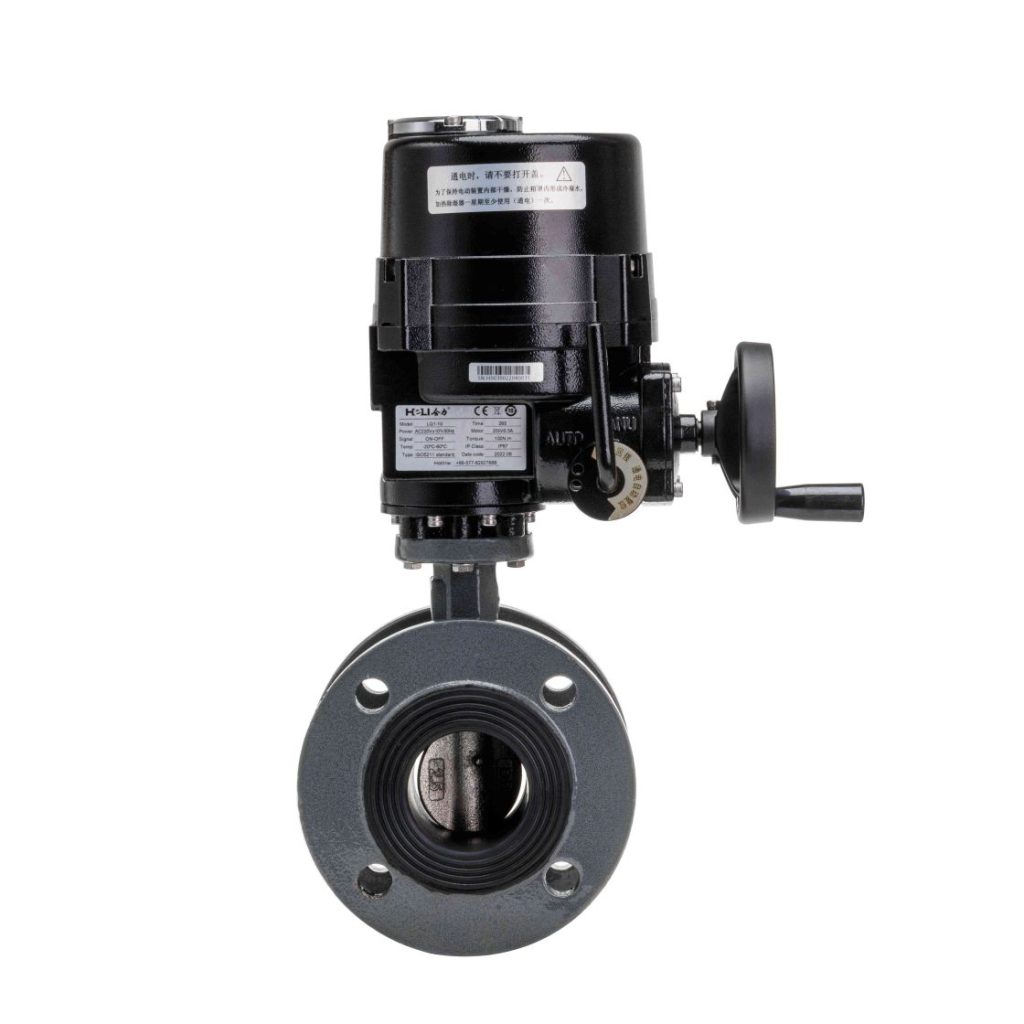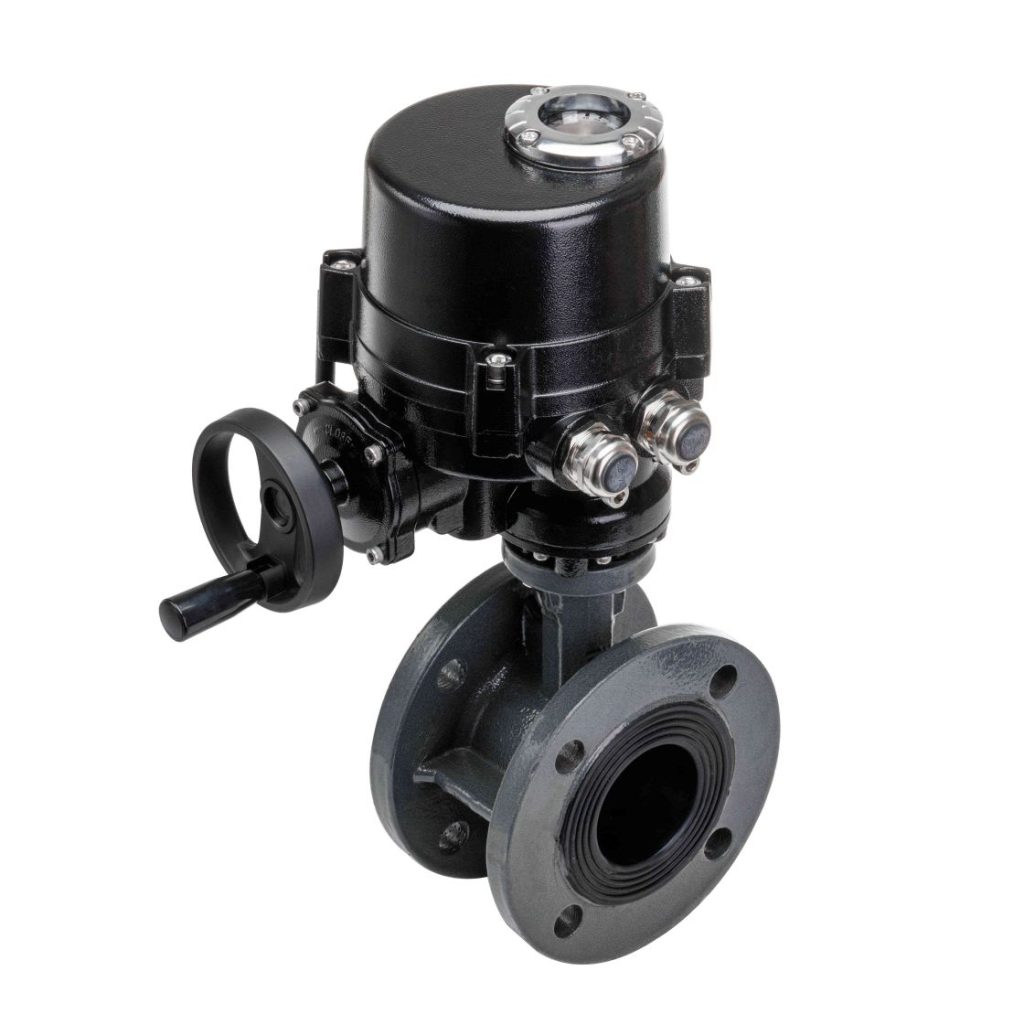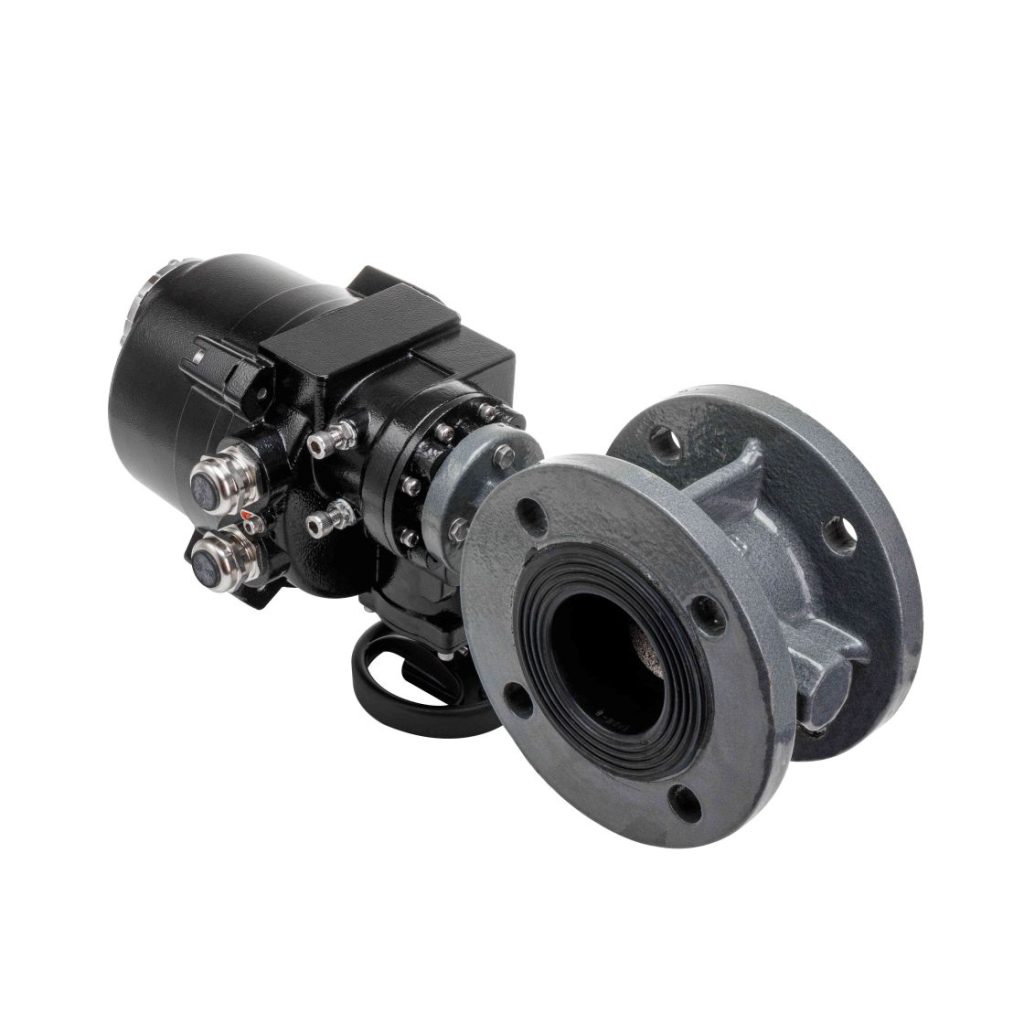The WCB Marine Electric Ball Valve is a critical component in the fluid control systems aboard ships and offshore platforms. Designed specifically for marine applications, this valve combines the precision of electric operation with the reliability of a ball valve, providing an essential solution for regulating the flow of liquids and gases in demanding environments. The WCB Marine Electric Ball Valve is known for its durability, ease of maintenance, and its ability to withstand harsh sea conditions, making it a preferred choice in maritime industries.

1. What is a WCB Marine Electric Ball Valve?

WCB refers to the valve’s body material, typically carbon steel (A105), which is a strong, durable material often used in industrial valves. The addition of “Marine” specifies that these valves are designed for use in maritime or offshore environments, where they must endure saltwater exposure, high humidity, and fluctuating temperatures. These valves are powered by an electric actuator, which enables precise, automated control of the valve’s opening and closing through electrical signals. Unlike traditional manual valves, the electric ball valve allows remote control, often integrated into automated systems for fluid management. It consists of a ball with a hole through the center, which rotates to control the flow of the fluid, ensuring minimal pressure drop and leak-free operation.
